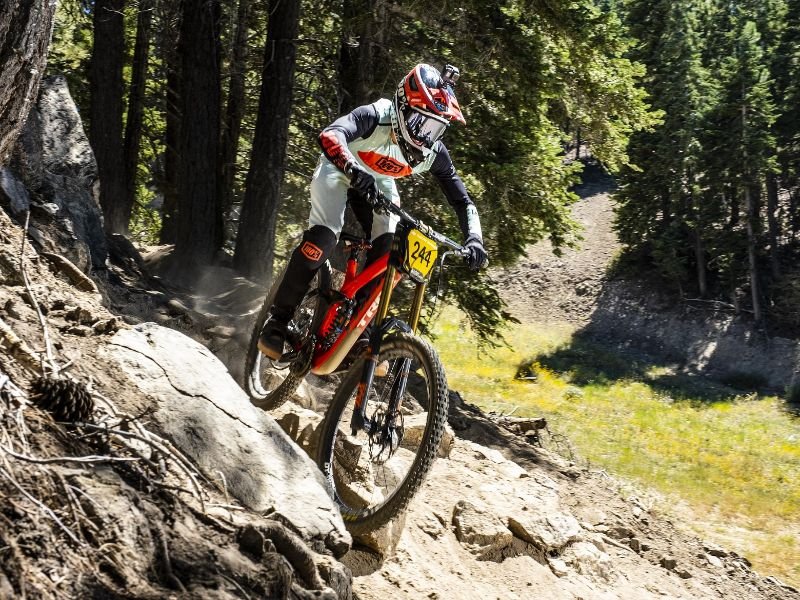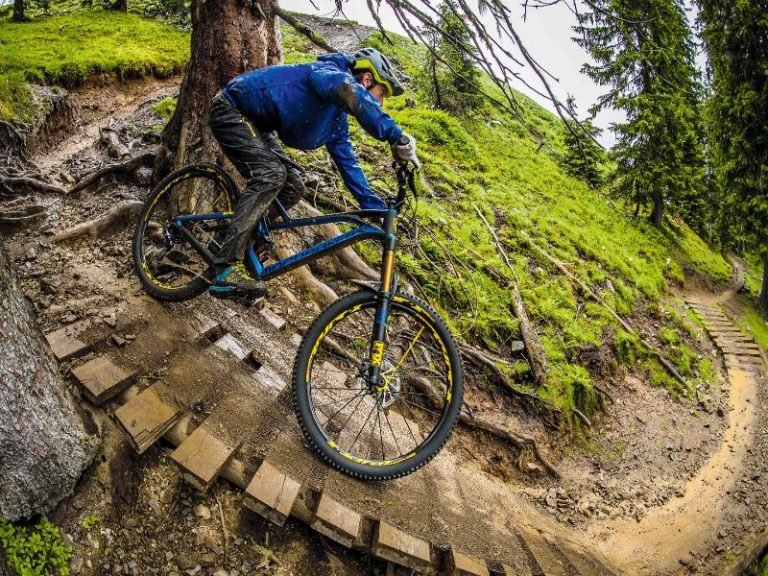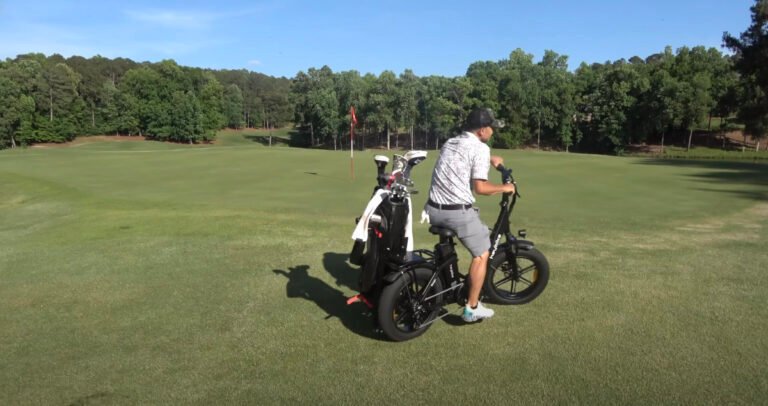What to Wear Mountain Biking
Dress for success on your mountain biking trails! Explore our guide on what to wear mountain biking. Get insights on the best apparel and gear for a comfortable and safe ride.
Mountain biking offers an exhilarating opportunity to connect with nature and conquer challenging trails. Yet, amid the thrill and adventure, one crucial aspect often gets overlooked – your choice of attire.
What to Wear Mountain Biking
In this comprehensive guide, we’ll delve into the world of mountain biking attire, emphasizing its significance, and the safety and performance benefits it offers.
Get ready to gear up for your mountain biking adventures with confidence!
Head-to-Toe Mountain Biking Attire
Helmet: Protect Your Head
Your helmet is your primary safeguard on the trails. It defends your most precious asset – your head.
In the event of a fall or collision, a helmet can make the difference between a minor incident and a life-altering injury. Always prioritize helmets that meet industry safety standards.
How Dangerous is Mountain Biking
Different riding styles demand different helmets. Full-face helmets provide maximum protection for downhill and aggressive riding, while trail helmets focus on ventilation and comfort.
Ensure your helmet fits snugly and securely for optimum protection.
Upper Body: Stay Comfortable and Cool
Use a moisture-wicking base layer to keep sweat away from your skin, regulating your body temperature and preventing chafing during extended rides.
Your jersey should keep you cool and dry. Consider long sleeves for added sun protection or windproof jerseys for chilly conditions.
Adapt your upper body attire to the weather. In cold conditions, layer with thermal jerseys; in hot weather, opt for lightweight, well-ventilated options.
For extreme riding, consider body armor for extra safety. This can include chest and back protectors, elbow pads, and more, but ensure they don’t restrict your mobility.
Lower Body: Comfort and Protection
Padded Cycling Shorts offer comfort and cushioning during long rides while reducing friction and the risk of saddle sores.
Depending on terrain and weather, consider knee pads for protection and thermal layers for warmth. Choose the right fit for comfort and mobility, avoiding restrictions.
Footwear: Traction and Support
Your pedal choice determines your shoe selection. Flat pedals require grippy shoes, while clip-less pedals need specialized cycling shoes with cleats. Both provide proper support and a secure fit.
Avoid discomfort and injury by investing in shoes that offer arch support and a secure closure system.
Essential Biking Gear for Rainy Days
For added safety, opt for shoes with excellent traction and grip, especially if you plan to encounter slippery terrain or hike-a-bike.
Accessories and Gear For Mountain Biking
Gloves: Grip and Protection
Choose gloves that align with your riding style and weather conditions and most importantly, enhance your grip on the handlebars while protecting your hands from blisters and abrasions.
Full-finger gloves offer added protection and warmth and are ideal for rough terrain and cooler weather. While half-finger gloves provide breathability and are suitable for warmer conditions.
Eyewear: Shield Your Eyes
Proper eyewear safeguards your eyes from flying debris, harmful UV rays, and glare. Consider wrap-around sunglasses or mountain biking-specific goggles for maximum protection.
Adapt to changing light conditions on the trail with lenses featuring interchangeable tints or photochromic capabilities.
Backpack or Hydration Pack
A backpack or hydration pack lets you carry water, tools, spare parts, and snacks. Choose one with sufficient storage capacity for your needs.
Ensure your pack fits comfortably and doesn’t hinder your movements while riding. Look for breathable padding and adjustable straps.
Outerwear: Weather-Ready
Be ready for unexpected weather changes with a compact rain jacket or windbreaker that easily fits your pack, offering vital protection against wind and rain.
Adjust your clothing with layers to maintain a comfortable temperature during your ride.
Special Considerations for Mountain Biking
Bike-Specific Socks: Comfort and Moisture Control
Socks designed for mountain biking wick moisture away from your feet, preventing blisters. They often feature padding in key areas for added comfort.
Sunscreen and Lip Balm: Protect Your Skin
Don’t forget to shield exposed skin from the sun. Apply sunscreen to your face, arms, and legs, and use lip balm with SPF to prevent chapped lips.
Trail-Specific Gear (Goggles, Neck Gaiter, etc.)
Depending on the trail and conditions, consider additional gear like goggles for eye protection or a neck gaiter to keep dust out of your mouth and nose.
To conclude, your choice of mountain biking attire is paramount in ensuring a safe, comfortable, and enjoyable riding experience. Prioritize comfort, safety, and performance by selecting gear tailored to your riding style and trail conditions.
Remember, the right attire not only enhances your performance but also keeps you safe as you explore the exhilarating world of mountain biking.
So, gear up, hit the trails, and ride with confidence!







